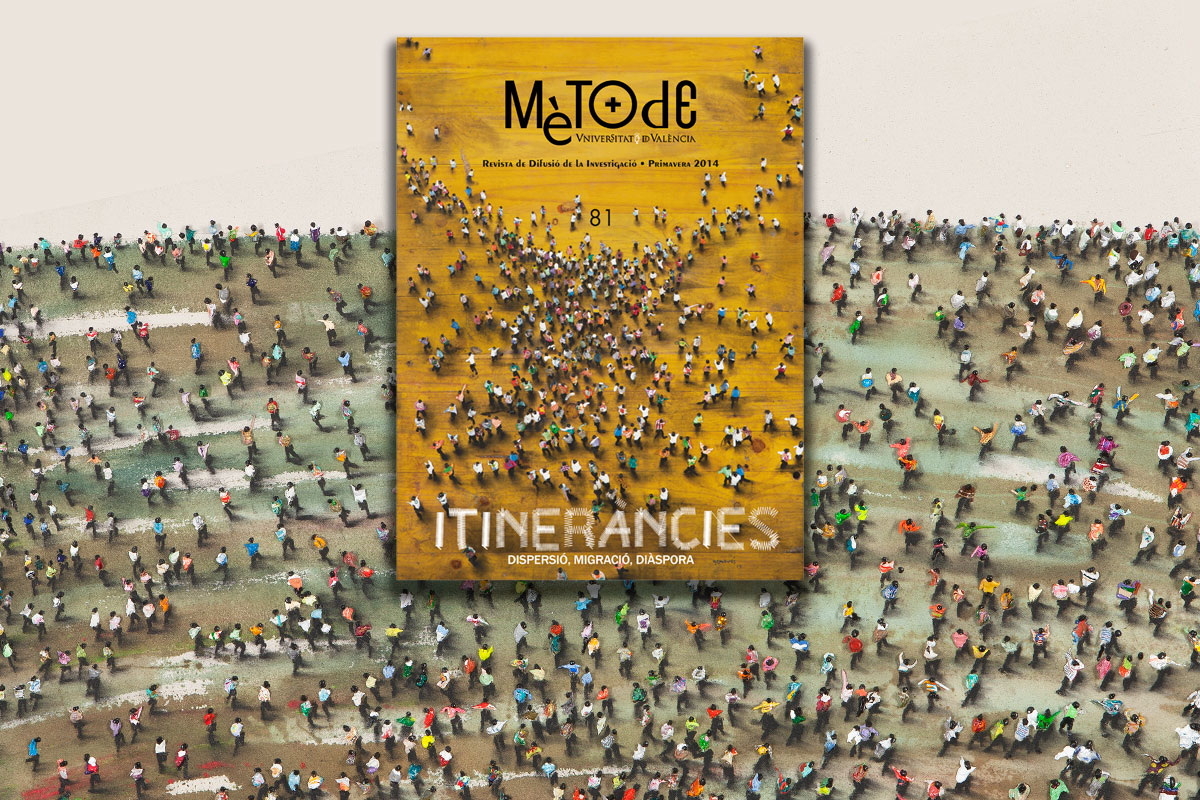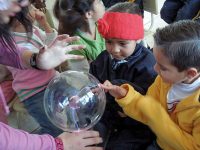
Aphids, swallows, lizards and primates, among many other species, are part of migratory processes. At certain points in their life most animals leave what has been their birthplace. People have also participated, and still participate, in this type of movement, whether in the form of dispersal, migration, or diaspora. The common thread of all these processes is the one that gives name to the monograph of the latest issue of Mètode, Itinerancy, coordinated by Ester Desfilis, professor of the Department of Experimental Medicine at the University of Lleida, and Domingo Pujante, professor of the Department of French and Italian at the University of Valencia.
«At certain points in their life most animals leave what has been their birthplace. People have also participated, and still participate, in this type of movement, whether in the form of dispersal, migration or diaspora»
Issue number 81 of the journal covers, in a multidisciplinary and comparative way, the migratory processes of animals and humans. The monograph encourages readers to reflect on the reasons for these migratory flows, the factors behind it, the relationship between migration and genetic diversity or the impact of mobility on both the home and host communities. It also talks about how migrants relate their own experience, and how film, literature and theatre treat this topic. All the former is a risky proposal that combines natural science with social and human sciences, and that involves the participation of such people as Josabel Belliure, Pablo Polo, David Comas, Edelia Villarroya, Jaume Durà, Joan Carles Membrado, Marta Segarra, Adela Cortijo, Domingo Pujante and Immaculada Tamarit, as well as an interview with the French ethnologist and anthropologist Marc Augé. Several colouristic works by the Valencian artist Juan Genovés illustrate the monograph.
Two new sections
This issue of Mètode is complemented with an article by Joandomènec Ros that reflects on literate scientists and another one by Pere Renom on the legend of St. George. Other texts included in the journal are an interview with Jared Diamond, the article «The Earth’s Axis and the Eleanora’s Falcon» and the usual sections of Mètode‘s collaborators. Moreover, two new sections are born this spring: Mind Your Nature, by Esther Desfilis and Pau Carazo, and The Thief of Brains, by Pere Estupinyà. But the content of the issue number 81 is not limited to paper, it is expanded online. On Mètode’s website you can find, as a complement to the topics covered in the monograph, an interview with the philosopher and sociologist Sami Naïr, an expert on migratory movements, and another interview with the professor of genetics and population genetics Guido Barbujani, who states that «the story of the great migrations is written in our DNA».





